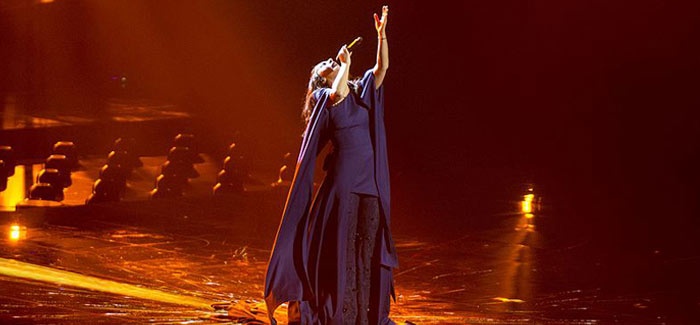Today, the Times Higher Education World University Rankings 2018 was released, with the University of Oxford remaining in first place for a second consecutive year.
But how does this year’s THE ranking compare to the QS World University Rankings from earlier this year? Or to the Shanghai ranking, also published earlier this year, in which Harvard University was ranked the best in the world for the 15th consecutive year?
Read on for a closer look at the top 10 from each of these major world university rankings, and the key similarities and differences between them.
|
|
QS World University Rankings 2018 |
Shanghai Ranking 2017 |
Times Higher Education World University Ranking 2018 |
|
1 |
Harvard University |
University of Oxford |
|
|
2 |
Stanford University |
||
|
3 |
Harvard University |
University of Cambridge |
California Institute of Technology (Caltech) / Stanford University |
|
4 |
California Institute of Technology (Caltech) |
Massachusetts Institute of Technology (MIT) |
|
|
5 |
University of Cambridge |
Massachusetts Institute of Technology (MIT) |
|
|
6 |
University of Oxford |
Harvard University |
|
|
7 |
University of Oxford |
Princeton University |
|
|
8 |
Imperial College London |
||
|
9 |
California Institute of Technology (Caltech) |
University of Chicago |
|
|
10 |
University of Chicago |
ETH Zurich – Swiss Federal Institute of Technology / University of Pennsylvania |
Although there are some variations across each ranking, seven universities appear in the top 10 of all three. These universities are: Massachusetts Institute of Technology, Stanford University, Harvard University, California Institute of Technology and University of Chicago in the US, and the University of Cambridge and University of Oxford in the UK. Interestingly, only one university from outside the UK and the US features at all.
Although MIT, Harvard and Oxford can each lay claim to being top of one world university rankings each, it’s actually Stanford which has the highest average position, ranking second twice and third once.
Three universities appear on two of the three major university rankings. Imperial College London is eighth in both the QS and THE ranking, but misses out on a top 10 spot in the Shanghai ranking. It’s a similar story for ETH Zurich, ranked 10th by both QS and THE. The final university to appear twice is Princeton University, which is ranked sixth in the Shanghai ranking and seventh by THE.
The omission of both Imperial and ETH Zurich from the Shanghai ranking allows two American universities to feature in this top 10 but no others. University of California, Berkeley and Columbia University are the two outliers. The QS and THE rankings each have only one unique university in their top 10; UCL are ranked seventh in the world by QS, while the University of Pennsylvania squeeze into the THE top 10, sharing the position with ETH Zurich.
So why the differences?
Trying to make sense of the differences between each of these three major rankings can be tricky, especially if you’re trying to decide where to go to university. How much trust should you place in one ranking over another?
The differences between each ranking stem from the fact each one is judging universities against different criteria. For instance, the Shanghai ranking doesn’t consider an institution’s reputation among academics or employers, preferring instead to rank universities by considering the level of academic research they produce and the number of Nobel Prizes won by their staff. Although THE and QS both aim to take research quality into account, neither does so at the expense of considering a university’s reputation in some form.
Even when rankings are assessing the same things, their methods are likely to be different. 40% of a university’s total score in the QS World University Rankings is decided by academic reputation. To assess this, academics from around the world are surveyed and asked to evaluate the research produced by other universities. A similar metric in the THE World University Rankings – teaching reputation – is instead assessed by asking academics to assess the quality of teaching at universities, and is worth only 15% of a university’s total score. This difference is likely to lead to both rankings producing drastically different results.
Which ranking should I pay attention to?
It’s hard to answer this question without coming across as ridiculously biased, but here it goes.
If you’re looking for a university that has an enviable record of consistently producing high-quality research, try the Shanghai ranking.
If you’re looking for a university which is well-regarded by employers and other academics, and will set you up perfectly for a well-paid graduate job, the QS World University Ranking should be your first port of call.
And, if you want to see a ranking which attempts to reflect both a university’s research impact and its reputation, the Times Higher Education ranking is worth checking out, as it considers more variables than the other two. Of course, this might mean it provides less specific information that could be useful for you, but it’s good for a broad overview.
Lastly, it should be noted that both the THE and QS rankings make an effort to consider how international a university is (in QS’s case, this is done by measuring the proportion of international students and faculty members). If you’re looking to study abroad, both these rankings will potentially have more to offer you.






